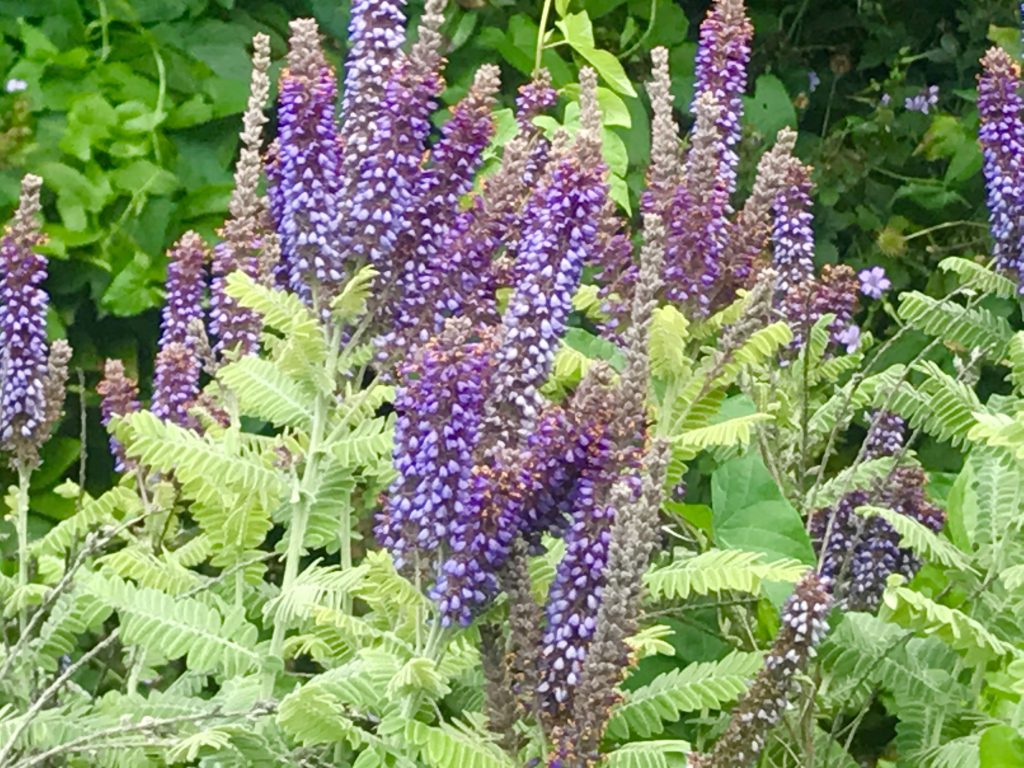Cultivating Amorpha canescens: Harnessing the Beauty of Leadplant
Amorpha canescens, commonly known as Leadplant, Prairie Shoestring, Buffalo Bellows, Downy Indigo Bush, or Leadplant Amorpha, is a native North American plant belonging to the Fabaceae family. With its unique characteristics and resilience, this perennial or semi-shrub has become a cherished addition to gardens and landscapes.
Distinctive Features of Amorpha canescens: A Resilient Beauty
Amorpha canescens exhibits several distinctive features that contribute to its allure and adaptability.
Habitat and Resilience: This plant’s native habitat in North America has endowed it with remarkable resilience. Once established, Amorpha canescens demonstrates fire resistance and drought tolerance, making it an ideal choice for regions with challenging environmental conditions. This resilience is attributed, in part, to its deep and robust root system, capable of reaching depths of up to 15 feet (4.5 meters).
Foliage and Flowers: The grayish-green foliage of Amorpha canescens adds a subtle beauty to the landscape. The aromatic and feathery compound leaves have a distinct leaden appearance, which inspired one of its common names, Lead Plant. During the summer or early autumn, depending on location and climate, Amorpha canescens produces bluish-violet flowers that grow in 4-inch (10 cm) spikes. These vibrant blooms attract butterflies and bees, creating a lively and pollinator-friendly environment.
Fruit and Propagation: Following the flowering period, Amorpha canescens develop fruits, each containing a single seed. This plant has a self-seeding nature, allowing it to propagate easily through seed dispersal. Embracing its natural tendencies, gardeners can collect the seeds for propagation and encourage the growth of new plants.

Cultivation Tips for Amorpha canescens:
Light and Soil: Grow Amorpha canescens in a location that receives ample sunlight or partial shade. This plant thrives in well-drained soil of average quality. A notable benefit of Amorpha canescens is its ability to fix nitrogen in the soil, contributing to soil improvement and overall plant health.
Medicinal Uses: In addition to its ornamental value, Amorpha canescens has a history of traditional medicinal uses. It has been used to treat conditions such as pinworms and eczema. Infusions made from the leaves have been employed to alleviate pinworm-related discomfort.
Pest and Disease Management: Amorpha canescens is generally resistant to pests and diseases, making it a low-maintenance plant. However, occasional issues such as powdery mildew or rust may arise. These can be managed through regular monitoring and appropriate measures, if necessary. It is worth noting that the plant contains tiny pustules that release a natural insecticide, serving as a self-defense mechanism against pests.
By providing the right growing conditions, such as sufficient sunlight, well-drained soil, and attentive care, you can cultivate Amorpha canescens successfully. Embrace the resilience and beauty of Leadplant in your garden, and witness its transformative impact on the landscape.





